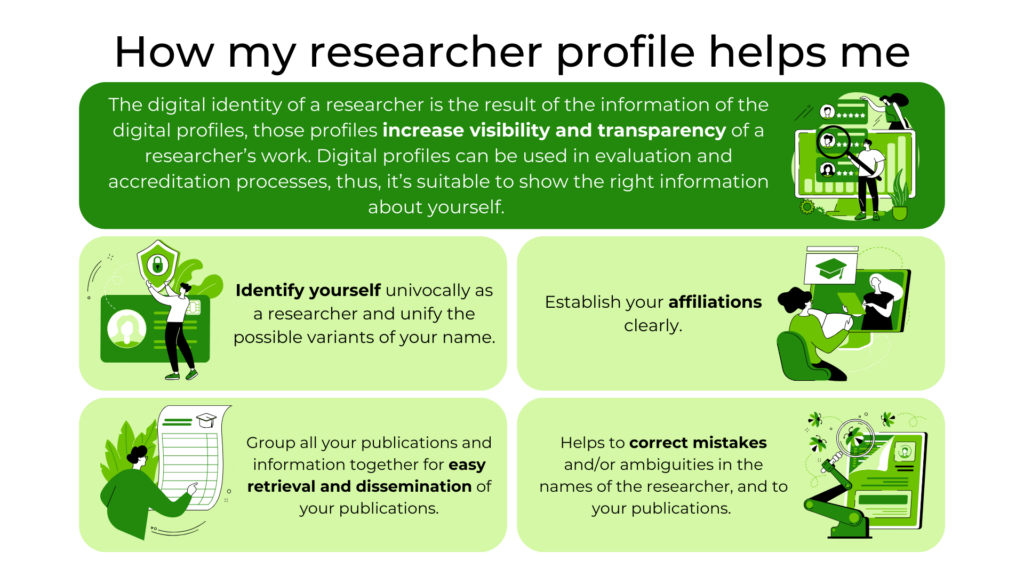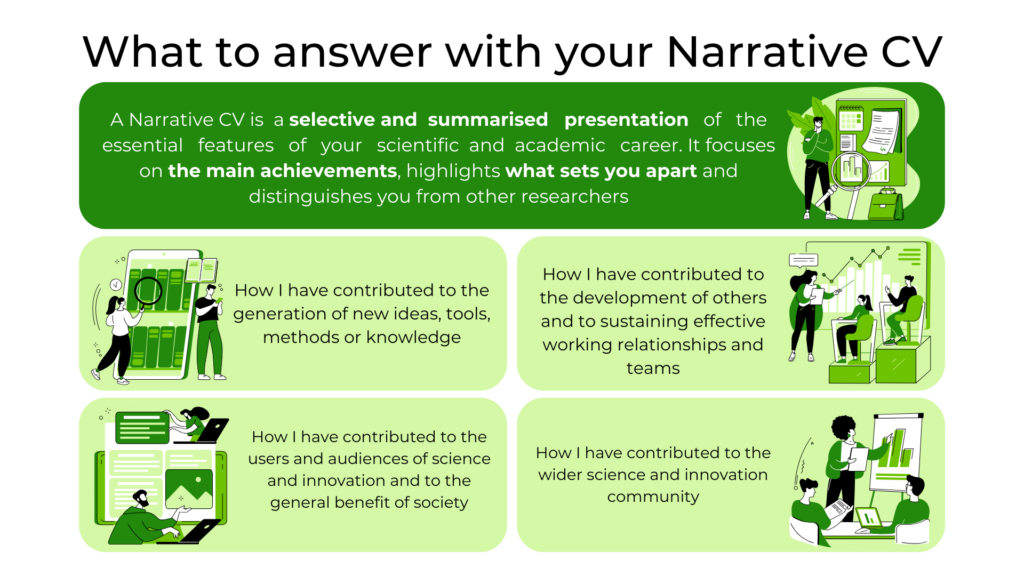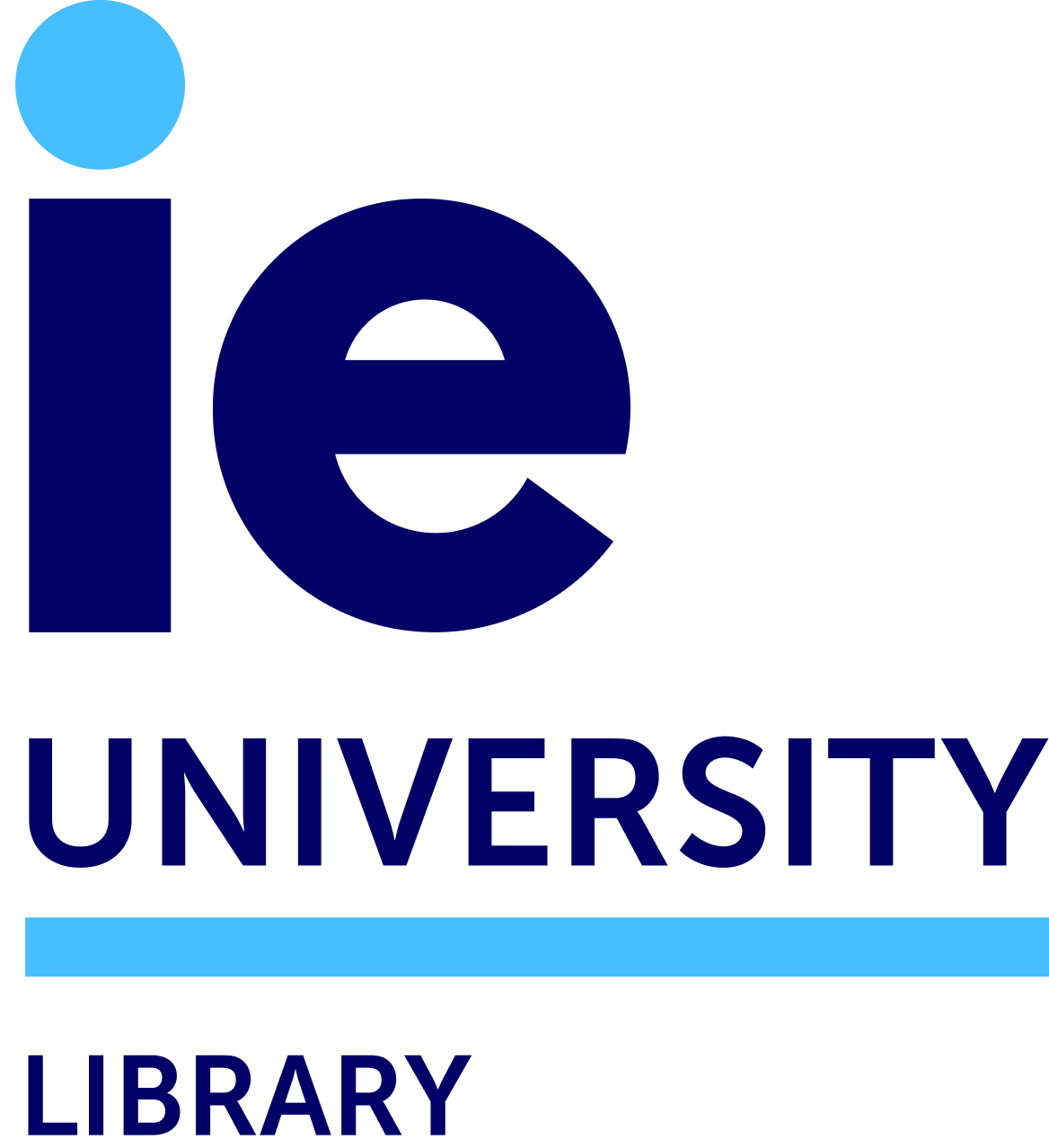WHY ARE RESEARCHER PROFILES IMPORTANT?
A researcher profile serves as a unique digital identity, enabling individuals in the research community to maintain a consistent and unmistakable identification via a unique code.

The digital identity of a researcher is the result of the information of the digital profiles, those profiles increase visibility and transparency of a researcher’s work. Digital profiles can be used in evaluation and accreditation processes, thus, it’s suitable to show the right information about yourself. The library can help you to clean your profiles.
DIFFERENT RESEARCHER PROFILES
The ORCID is a non-proprietary alphanumeric code to uniquely identify scientific and other academic authors and contributors. It aims to classify authorship and facilitate name disambiguation. It’s free, open, and allows full coverage of the complete career besides the academic work (education, grants, professional experience, etc.)
Scopus Author ID is automatically generated if you have a paper in the database, so registration for a Scopus Author ID is not required. Having a SCOPUS ID allows you to easily see a list of your publications and view citation metrics such as h-index measures, citation counts, publications and co-authors.
Web of Science researcher profile is a profile where you can track your publications, citation metrics, handling editor work, and peer reviews for journals, conferences, and funders in one place. It’s easy to maintain and provides valuable insights into your publication and review history
Google Scholar profile allows you to showcase your work and increase visibility to others in your field. Google Scholar groups the citations of the articles, and it is possible to know the number of citations of each article, the h-index of authorship or who cites the publications.
AFFILIATION AND SIGNATURE STANDARDIZATION
The lack of standardization in researchers’ scientific names in publications and their institutions can lead to:
- Decreases research visibility at national and international level.
- Publication retrieval difficulties.
- Citation retrieval difficulties.
It is important to unify and standardize all the information available online about your professional and academic career to have comprehensive and up-to-date author profiles.

NARRATIVE CV
Narrative bibliometrics is an evaluation tool that allows the use of bibliometric indicators to generate stories and narratives that allow the defence and exposition of a scientific curriculum and/or its individual contributions within the framework of the new evaluation policies promoted by CoARA.
- It is a selective and summarized presentation of the essential features of someone’s scientific and academic career, which is presented and recounted in the first person.
- It focuses on the main achievements, those that give consistency, context and meaning to the researcher’s work and make the most meritorious contribution to the scientific community and to society.
- The presentation should highlight precisely what differentiates and distinguishes the person from other researchers.
- It is not limited to articles, but may include participation in working groups, mentoring and creation of research teams, contribution to reports or white papers, organisation of events, presentations and conferences, development of tools and techniques, patents and intellectual property registrations, transfer of knowledge to companies, organisations or social groups, dissemination among professionals in new techniques and technologies, software development, dissemination of datasets, artistic achievements, etc.
- It allows contributions to be placed and compared in a broader context.


